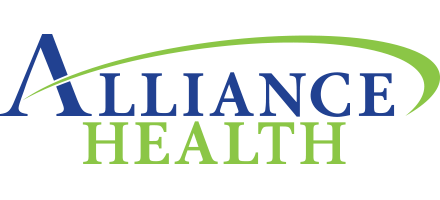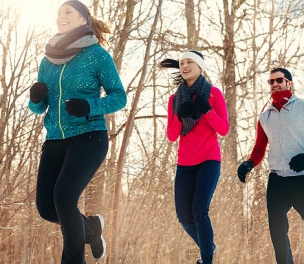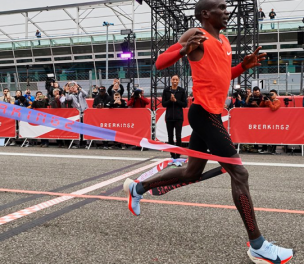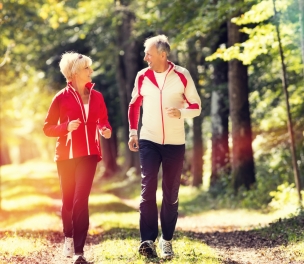Movement is Medicine: The Benefits of Stand-Up Paddle Boarding
Summer has arrived and so have our 100-degree temperatures. One of the great things about the Central Valley is the access to water and I‘m not talking about backyard pools. I’m talking about our local rivers, lakes, and reservoirs.
Water sports and activities offer a great way to cool off and get exercise. One of the fastest growing water sports is stand up paddle boarding (SUP). In 2009 SUP became the single fastest growing paddle sport in North America. SUP is not only a great workout, it is low impact allowing for a greater number of people to be able to enjoy the sport.
Benefits of SUP:
- Low impact – There is a very minimal impact on ankles, knees and hip joints with paddle boarding making it a good activity for people who can only do low impact activities.
- Balance – Stand-up paddle boarding challenges balance by firing up our proprioceptors. Proprioceptors are the receptors in our body that send information to the brain about body position and movement. The receptors inform the brain and then our brain manages our muscles to help keep us balanced. Paddle boarding is a great activity to challenge the nervous system and muscles to make quick adjustments in balance. Paddlers can start out with a wide stance for stability and progress to a more narrow stance as they improve.
- Full Body Workout – Stand up paddle boarding is an all body workout. Your legs and core provide the balance/stability and your arms, upper back, and core provide the power for your stroke. As your boarding skills improve you will begin to get more of a leg workout by using your legs to help pull your paddle through the water.
- The American Council on Exercise performed a study looking at core strengthening effects of SUP. Researchers found that paddling at or above a light level of perceived exertion provided enough stimulus to strengthen abdominal (rectus abdominis) and back muscles (erector spinae). Paddling harder provided more stimulus to recruit and strengthen the deeper abdominal muscles (internal/external obliques).
- Reduces Stress – Stand up paddle boarding is very relaxing (once you get the hang of it). It is rhythmic, soothing, restorative, and calms your spirit. Paddling provides a connection with nature and a sense of freedom.
Stand up paddle boarding is a great way to get outside this summer to cool off, get in a workout, or just to enjoy nature. If you already paddle board and are looking for more of a challenge, check out paddle board yoga or fitness classes.





